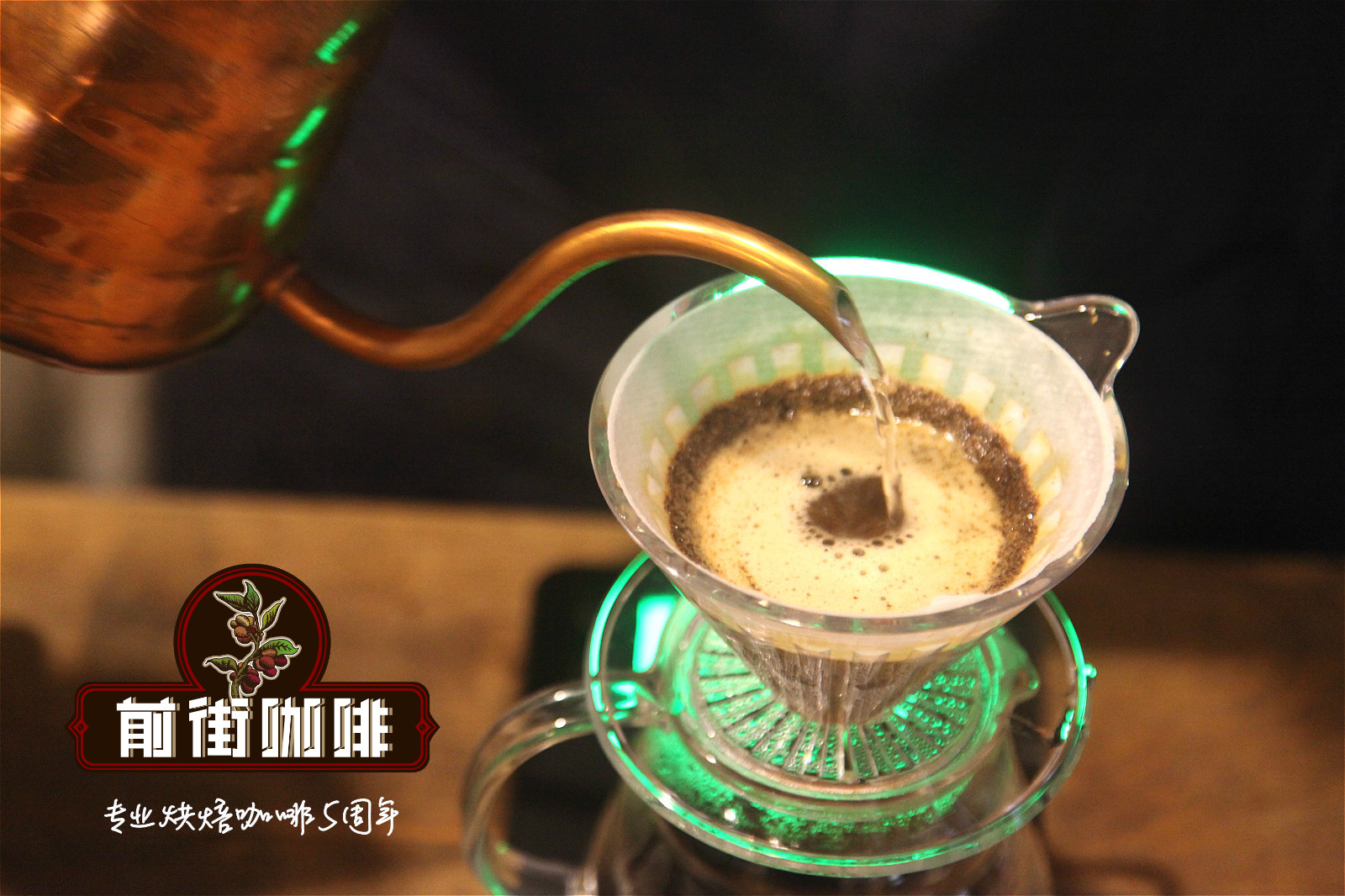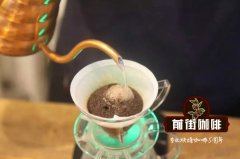What are the post-processing methods of coffee? What are the ways of drying in the sun?

Professional coffee knowledge exchange more coffee bean information please follow the coffee workshop (Wechat official account cafe_style)
Sun exposure (Natural Process)
Tanning is the oldest and most primitive treatment of coffee beans. The method of treatment is to first pour the harvested coffee fruit into a large trough, the ripe and full fruit will sink to the bottom of the water, while the underdeveloped or overripe fruit will surface. After these floating beans are shaved, the healthy coffee fruits are placed on the terrace to be directly sun-dried, and the moisture is dried from 60% to 12%. Finally, the peel (Outer Skin) and pulp (Pulp) are removed by a sheller, and the whole treatment process of raw beans (Bean) is completed.
Sun treatment can increase the flavor of berries and tropical fruits with mild acidity, but traditional sun treatment can sometimes produce negative flavors, such as soil, over-fermentation and so on.
Today, tanning is becoming popular again, even as one of the most important treatments for competition-grade coffee beans, and the change comes from the use of improved African viaducts. In addition to avoiding the moisture, animal manure and land smell on the ground, the elevated shed also keeps the fruit in a good air convection environment, making the drying effect more uniform, and farmers will turn it regularly to make the coffee beans gently absorb the sweetness of the pulp and make the flavor fuller and fuller.
Pay attention to the moisture content of seeds when drying in the sun.
The drying field will be affected by height, air temperature, temperature and sunshine, so the number of days spent on drying will vary depending on climatic conditions and origin. When drying in the sun, a moisture meter can be used to measure the moisture content of the seeds, which usually reaches the drying standard after 4-10 days. If the coffee beans are dried too quickly, the freshness of the raw beans will be easily reduced, so considerable experience is needed from the calculation of the number of days in the sun to the final completion.
Sun-dried coffee beans will appear dark green, and the miscellaneous smell mixed in its aroma will be reduced.
Because some small farmers do not set up their drying field, they usually put a layer of plastic cloth in their courtyard as a drying place in the sun.
The dryer is often used with sun drying.
If the farm atrium is too small to spend more time on sun drying, or when producing coffee beans in large quantities, a dryer is usually used to help dry the raw beans.
When using the dryer, we should pay attention to control the temperature and time of the machine. The quality of coffee beans dried at low temperature for a long time will be better than those dried at high temperature for a short time. In addition, there are farmers who will first dry in the sun for a day, and then use a dryer for drying.
Scaffolding drying makes the drying degree of raw beans more uniform.
When coffee beans are placed on a mesh scaffolding to dry, it is called scaffolding drying. As there is also air circulation under the scaffolding, the drying degree of raw beans will be more uniform. This drying method, also known as African Bed, is more common in Africa where there is a lack of a flat atrium.
END
Important Notice :
前街咖啡 FrontStreet Coffee has moved to new addredd:
FrontStreet Coffee Address: 315,Donghua East Road,GuangZhou
Tel:020 38364473
- Prev

What is the drip method? The difference between drip method and Kawano hand flushing what is the function of hand flushing steaming?
Professional coffee knowledge exchange more coffee bean information Please pay attention to the coffee workshop (Wechat official account cafe_style) Coffee world is very charming, no matter the aroma, coffee beans, origin, hand brewing process, is a knowledge. Many coffee drinkers must be infatuated with the magic drink of hand-brewed coffee, because everyone has a different taste, so they drink.
- Next

Golden honey treatment is named after the beautiful golden color of shell beans exposed to the sun.
Professional coffee knowledge exchange more coffee bean information Please follow the coffee workshop (Wechat official account cafe_style) Jinmi dries in sunshine, warmth and low humidity, which speeds up the drying time. However, red honey dries in cooler places to slow down the drying time, which increases the time for coffee beans to be exposed to moisture. The drying time of black honey is longer, and in
Related
- What is the meaning of lactic acid fermentation with coffee bean treatment?
- How to judge the state of foam by sound?
- How does the latte pull out the unicorn pattern? Come to get for a little trick to improve the flower pull!
- Will flower pulling affect the taste of the latte?
- Do you know the history of coffee?
- The difference between honey treatment and sun washing what is raisin honey treatment?
- What kind of milk can a novice use to make coffee foam to keep the foam longer? The correct method and skills of milking tutorial sharing
- Why do washed coffee beans taste sour? Flavor characteristics of washed Coffee
- Introduction to the skill of how to practice the size and height of water injection around the circle of hand-brewed coffee
- How do beginners practice coffee flower drawing from scratch?

